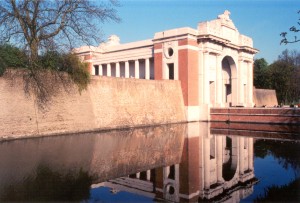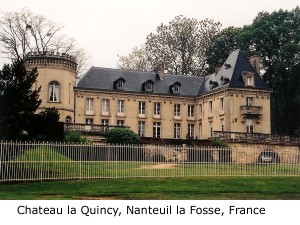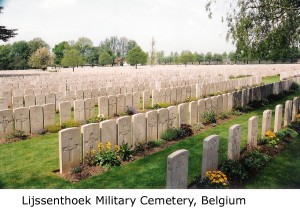He was a carpenter suffering idleness following a severely disabling work accident and looking for some activity to occupy his idle hours. He had to keep his hands busy to keep his mind off on his constant pain. He could also not escape from where he lived. Ivan Sinnaeve lived in the heart of the Ypres battlefield of the First World War.
Ypres was a provincial town whose glory days were in the Middle Ages. It was seldom thought of outside the region until the opening months of the war. The initial German invasion of 1914 had carried across most of tiny Belgium before being stopped at the gates of the city by an Allied Army of French, Belgian and British soldiers. However, the action had left Ypres at the base of a protruding salient into enemy lines under continuous observation from enemy controlled high ground. For the next four years the German Army tried to eliminate the salient and the British Army defended it.
Ypres was shelled, bombed, cursed, and died for thousands of times over. In military texts the battles around Ypres are given numerical titles; the 1st Battle of Ypres, the 2nd Battle of Ypres, the 3rd, the 4th. To the survivors, however, the battles have other names; the Gas Attack – the first use of poison gas in warfare in April 1915; Messines Ridge – the simultaneous explosion of nineteen mine shafts under German lines which obliterated 10,000 soldiers; and the ultimate obscenity – the Battle of Passchendaele. Continue reading




